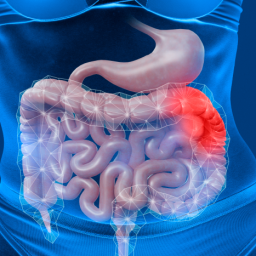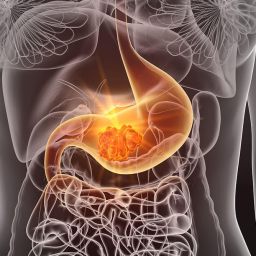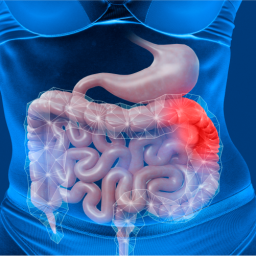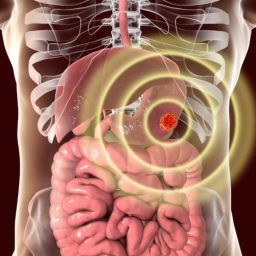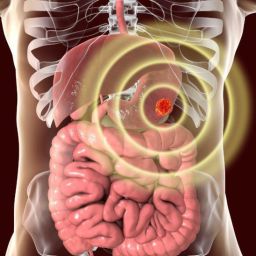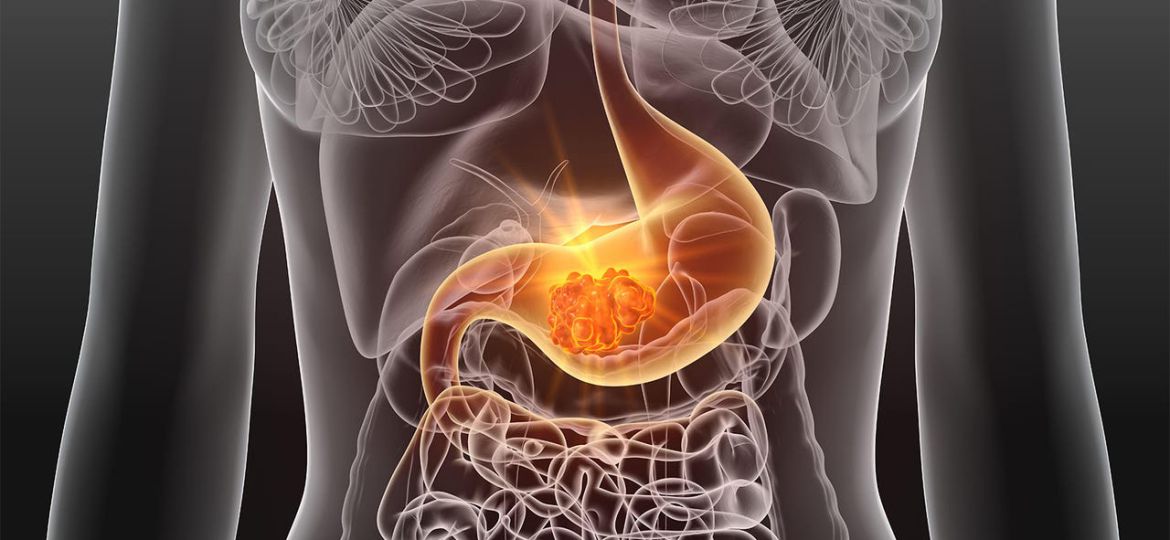
Gastrointestinal Stromal Tumors (GISTs) are rare but important tumors that arise from the connective tissues of the gastrointestinal (GI) tract. These tumors are primarily associated with mutations in the KIT or PDGFRA genes, which drive their growth. While GISTs can be benign, some have a higher potential to recur (reappear after treatment) or metastasize (spread to other organs). The risk of recurrence and metastasis is crucial for determining the appropriate treatment plan and the overall prognosis of the patient.
In this article, we will explore the factors that determine the risk of recurrence and metastasis in GIST, focusing on the key indicators that guide doctors in assessing the severity and aggressiveness of the disease.
1. What is GIST and Why is Risk Assessment Important?
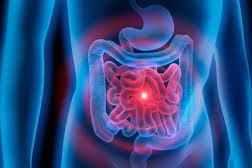
GISTs are the most common type of mesenchymal tumor in the GI tract, typically originating from the stomach or small intestine. However, they can develop in any part of the gastrointestinal system, including the esophagus and colon. While some GISTs are asymptomatic and can be detected incidentally during imaging for other conditions, others can grow aggressively and spread to distant organs, particularly the liver and peritoneum.
After a diagnosis of GIST, the primary goal is to evaluate whether the tumor is likely to recur or spread after treatment. The risk of recurrence and metastasis depends on several factors, including the tumor’s size, location, cellular characteristics, and genetic profile. Identifying these risks early can help physicians tailor treatment strategies, including surgery, targeted therapy, and regular follow-up monitoring.
2. Factors That Determine Recurrence and Metastasis Risk in GIST
Several key factors influence the likelihood that a GIST will recur or metastasize. These factors are used to categorize GISTs into low, intermediate, or high-risk groups, helping doctors predict the outcome and design an appropriate treatment plan.
2.1. Tumor Size
Tumor size is one of the most important factors in determining the risk of recurrence and metastasis in GIST. Larger tumors are generally associated with a higher risk of spreading to other parts of the body. Tumors larger than 5 cm, particularly those over 10 cm, are more likely to metastasize and have a higher risk of recurrence after surgery.
- Small GISTs (less than 2 cm): These tumors typically have a low risk of recurrence or metastasis and are often considered benign.
- Medium to large GISTs (greater than 5 cm): These tumors are considered to have an intermediate to high risk of recurrence, especially if other high-risk factors are present.
Tumor size is often used in conjunction with other factors to assess risk more accurately.
2.2. Tumor Location
The location of a GIST within the gastrointestinal tract plays a significant role in determining its behavior. GISTs in certain locations are more prone to recurrence and metastasis than others. For example:
- GISTs in the stomach tend to have a better prognosis and a lower risk of metastasis compared to tumors in the small intestine or colon.
- GISTs in the small intestine are generally considered to be more aggressive and are more likely to metastasize, particularly if they are large or show certain molecular characteristics.
Tumors in other areas, such as the esophagus or rectum, are rare but may have different characteristics in terms of metastasis risk.
2.3. Mitotic Rate
The mitotic rate, which measures how quickly the tumor cells are dividing and multiplying, is a key indicator of GIST aggressiveness. A higher mitotic rate indicates a faster-growing tumor, which is more likely to spread to other organs or return after treatment.
- Low mitotic rate (less than 5 mitoses per 50 high-power fields): Tumors with a low mitotic rate are generally considered to have a lower risk of metastasis and recurrence.
- High mitotic rate (greater than 5 mitoses per 50 high-power fields): Tumors with a high mitotic rate are associated with a higher likelihood of recurrence and metastasis.
The mitotic rate is typically determined through histopathological examination of the tumor tissue.
2.4. Tumor Necrosis
Necrosis refers to the presence of dead or dying cells within the tumor, which can occur as the tumor grows rapidly and outpaces its blood supply. The presence of significant necrosis is associated with a higher risk of aggressive behavior, including metastasis and recurrence.
- Extensive necrosis within the tumor is generally considered a sign of more aggressive disease and is associated with a higher risk of metastasis.
- Minimal or no necrosis indicates a more stable, slower-growing tumor with a lower risk of spreading.
Pathologists examine tumor samples to assess the level of necrosis and use this information as part of the risk evaluation.
2.5. Genetic Mutations (KIT and PDGFRA)
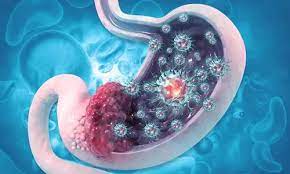
Genetic mutations are central to the development and progression of GISTs. The most common mutations occur in the KIT gene (which encodes a receptor tyrosine kinase) or the PDGFRA gene (which encodes a similar protein). The presence of specific mutations can influence the tumor’s behavior, including its risk of recurrence and metastasis.
- KIT mutations: GISTs with KIT mutations are generally more responsive to targeted therapies like imatinib (Gleevec) and have a better overall prognosis. However, larger tumors with KIT mutations still carry a higher risk of recurrence.
- PDGFRA mutations: GISTs with mutations in the PDGFRA gene tend to behave in a similar manner to KIT-mutated GISTs but may respond differently to treatment.
The identification of these mutations through molecular testing (such as PCR or sequencing) helps doctors predict the behavior of the tumor and guide treatment decisions.
2.6. Risk Stratification Systems
To evaluate the overall risk of recurrence and metastasis, healthcare providers often rely on established risk stratification systems. These systems take into account the tumor’s size, location, mitotic rate, and genetic profile. One of the most widely used systems is the Fletcher risk classification, which categorizes GISTs into:
- Low risk: Tumors are small, slow-growing, and have a low mitotic rate. These are less likely to metastasize or recur.
- Intermediate risk: Tumors may be larger or have a higher mitotic rate, making them more likely to recur or spread.
- High risk: Large tumors with a high mitotic rate, significant necrosis, or specific genetic mutations. These GISTs are more likely to metastasize or come back after treatment.
These systems help physicians decide on the intensity of treatment, such as the need for adjuvant therapies (such as imatinib) or closer follow-up.
3. Post-Treatment Monitoring
After treatment, regular follow-up care is essential for detecting recurrence or metastasis. Even if the tumor is removed surgically, the risk of recurrence remains, especially for high-risk GISTs. Monitoring typically involves:
- Imaging studies: CT scans, MRIs, and ultrasounds may be used regularly to monitor for new tumors or signs of metastasis.
- Blood tests: Monitoring for elevated levels of markers such as KIT may also help in detecting recurrence.
- Endoscopic exams: These may be done if the tumor was located in the gastrointestinal tract, to inspect for new growths or complications.
Early detection of recurrence or metastasis is critical for initiating timely treatment, which may involve further surgery, chemotherapy, or targeted therapy.
The risk of recurrence and metastasis in GIST depends on multiple factors, including tumor size, location, mitotic rate, necrosis, genetic mutations, and the results of established risk stratification systems. These factors are used together to predict the tumor’s behavior and to determine the most appropriate treatment approach. Understanding the risks involved in GISTs is essential for both patients and healthcare providers to ensure the best possible outcomes.
Ongoing research and improved diagnostic tools are continuing to refine how we assess the risks associated with GISTs, ultimately improving the treatment and management of this complex disease.

